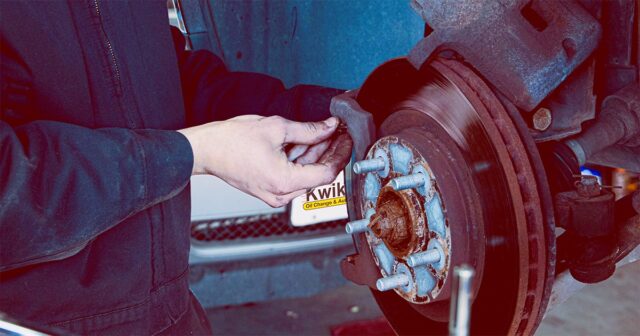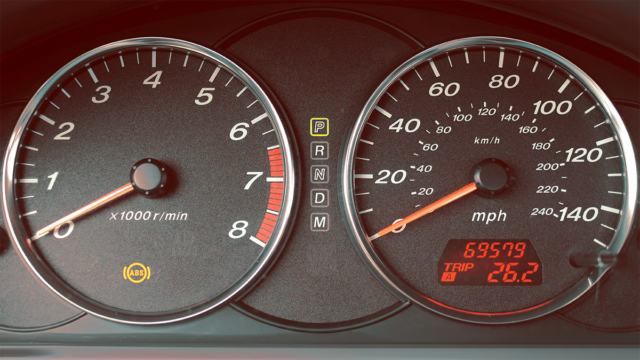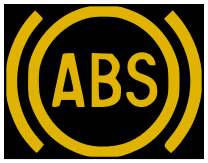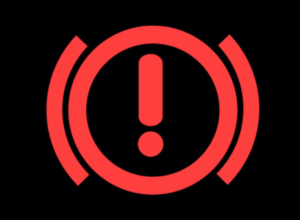Brake pads play a vital role in vehicle safety by bringing your car to a smooth and safe stop at any time. Understanding their lifecycle is not just for car enthusiasts—it is essential knowledge every driver should know. Brake pads wear down over time and neglecting them could lead to a serious accident. Regular maintenance of your brake system can help prevent these issues, keeping your vehicle safe and reliable. By paying attention to the condition of your brake pads, you can avoid the dangers of sudden brake failure and the excessive costs of emergency repairs. In this blog, we will explore how brake pads work, the signs of wear, and when to replace them, enabling you to stay safe on the road and maintain the longevity of your vehicle.
The Lifecycle of Brake Pads
Initial Performance
New brake pads undergo a “break-in” period where they adjust to the rotors. During this phase, you will want to take it slow and practice gentle braking to allow the pads to wear evenly and develop a proper surface. Doing so during this initial period helps your brake pads perform more efficiently and last longer. It’s best to avoid any hard braking, high-speed, or abrupt stops during the break-in period to prevent damage to the brake system.
Regular Usage
Brake pad wear varies depending on driving conditions. City driving, with frequent stops and starts, tends to wear out brake pads faster than highway driving, which involves more consistent speeds and less frequent braking. Off-road conditions, with their rough terrain and challenging environments, can also accelerate brake pad wear. Understanding these differences helps drivers anticipate when brake pads might need more frequent attention and maintenance.
Signs of Wear and Tear
Brake pads gradually wear down over time, and recognizing the signs of wear is the key to maintaining vehicle safety. Common indicators that brake pads are wearing out include squeaking or squealing noises, which usually means that the indicators are contacting the rotors. Grinding sounds indicate more severe wear, where the pad material is almost gone, and metal-on-metal contact is occurring. Reduced braking efficiency, such as longer stopping distances or a spongy brake pedal, also suggests that it’s time to inspect and replace the brake pads.
When to Replace Brake Pads
No one likes the feeling of uncertainty when driving with overdue maintenance. Aside from the engine, keeping up with brake pad maintenance is one of the most important tasks for your safety and others on the road. Brake pads should be inspected every 10,000 miles, and replaced every 30,000 to 70,000 miles, depending on driving conditions and habits.
Frequent city driving or hilly terrain can cause brake pads to wear out faster than consistent highway driving or those who are not on the road as much. Keeping up with brake pad maintenance checks helps catch wear early before it becomes a significant issue. For example, fixing issues can prevent situations where your brakes might fail unexpectedly, which increases your risk of collision and brake failure.
Consulting a trusted mechanic provides an accurate assessment, as they can measure brake pad thickness and evaluate the overall braking system’s condition. Replacing brake pads on time not only keeps your stopping power effective but also protects your car from further wear and tear, helping you drive confidently and safely.
Proper Brake Pad Maintenance
Proper maintenance can significantly extend the life of your brake pads and keep your car safe and reliable. Embracing smart driving habits like easing off the brakes and maintaining a steady pace helps your brake pads last longer and perform better. Regular brake services during routine service checks can catch early signs of wear and tear before they become major problems. If you notice anything unusual, like strange noises or reduced braking efficiency, addressing it promptly keeps things from getting worse. Keeping up with brake maintenance not only supports your vehicle’s performance but also contributes to a smoother, more confident driving experience.
Understanding Brake Pad Wear Patterns
Examining the wear patterns on your brake pads can provide valuable insights into your driving habits and vehicle condition. Uneven wear, for example, can reveal hidden issues like misaligned wheels or warped rotors that might not be obvious at first glance. By analyzing these patterns, you can identify underlying problems that need addressing. Regularly checking your brake pads for wear patterns or consulting a Kwik Kar mechanic if you notice anything unusual can help you maintain optimal braking performance.
Choosing the Right Brake Pad for Your Vehicle
Selecting the right brake pad for your vehicle can make a significant difference in performance and comfort. Brake pads vary in composition and design, catering to different driving needs and preferences. For example, performance-oriented pads might offer superior stopping power, while quieter pads prioritize minimal noise. Researching and choosing the right type of brake pad for your driving conditions and vehicle specifications ensures that you get the best performance and value. Getting advice from professionals is another helpful guide for you when making the best choices for your vehicle.
Now that you are familiar with brake maintenance procedures and how to recognize wear, you’re well-equipped to ensure your vehicle stays in top condition and operates safely. Taking care of your brake pads does not just enhance performance, it gives you peace of mind on every drive. Remember, proactive maintenance today can save you from unexpected issues tomorrow. So, why wait? Stop by for your next brake inspection at Kwik Kar and let our experts help keep you safe on the road.





